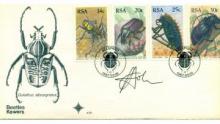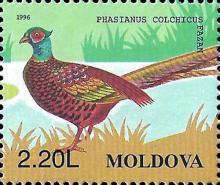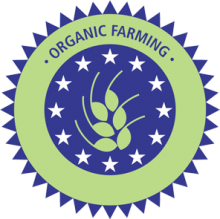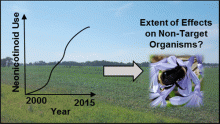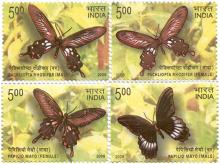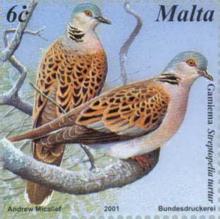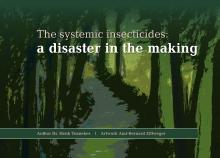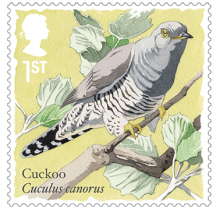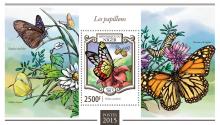Minister stuurt rapport insectensterfte naar Tweede Kamer
De insectensterfte in Duitse natuurgebieden was veel in het nieuws vorig najaar. In opdracht van Minister Schouten van LNV is er nu een rapport verschenen over de uitkomsten van dat onderzoek, de vergelijkbaarheid met de Nederlandse situatie, de kennis over de trends bij Nederlandse insecten en de mogelijke oorzaken. Vlinder- en libellenmeetnetten vormen een belangrijke bron voor dit rapport.
In de rapportage worden vier onderzoeksvoorstellen geformuleerd die nodig zijn voor een integrale aanpak van de problemen:

